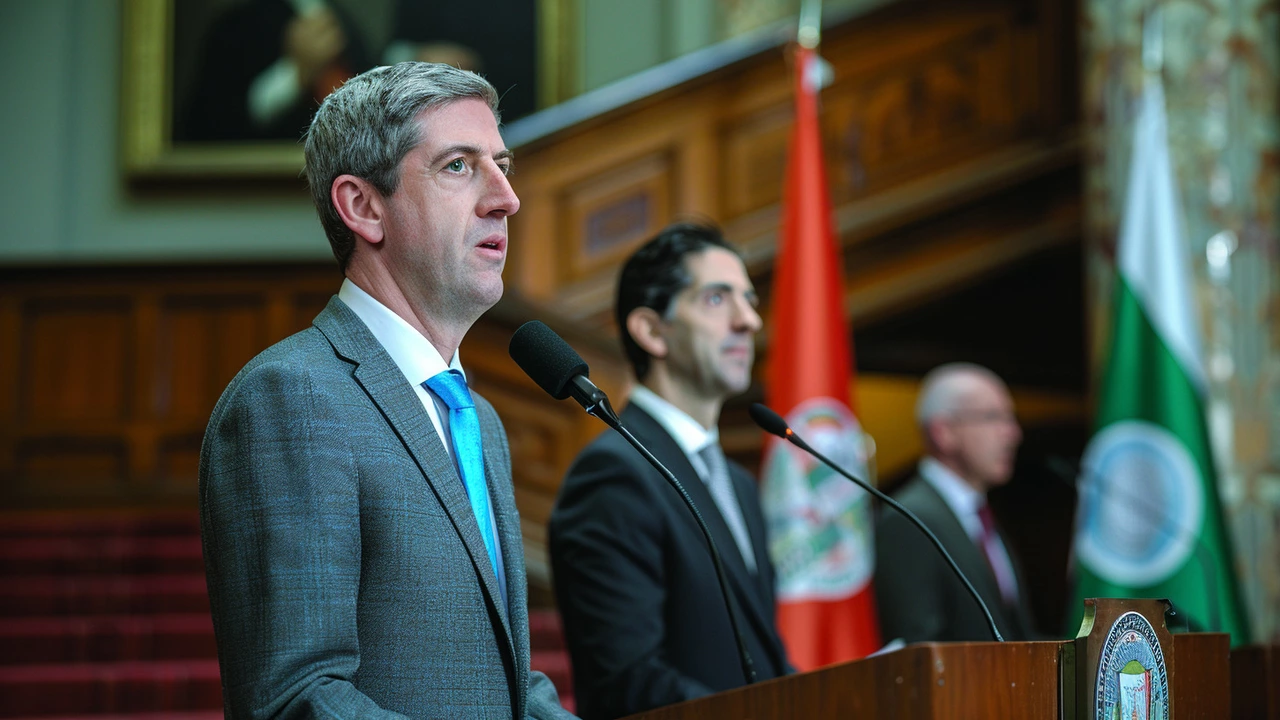Two-State Solution Explained – What It Is and Why It Counts
Ever wonder why the phrase “two‑state solution” pops up in every news bite about the Israel‑Palestine conflict? In plain terms, it’s the idea of creating an independent Palestinian state alongside Israel, each with recognized borders and full sovereignty. The goal is simple: give both peoples a place to call home, end the endless cycle of violence, and let everyday life move forward without fear.
People often think it’s a new concept, but the roots go back decades. After the 1948 war, the region split into separate zones, yet the dream of two nations living side‑by‑side never disappeared. Over the years, various proposals tried to turn that dream into reality, but political fireworks, security worries, and differing visions kept the plan from sticking.
How the Two‑State Idea Started
In the 1960s, the United Nations passed Resolution 242, calling for Israeli withdrawal from occupied lands and recognition of every state’s right to live securely. Fast forward to the early 1990s, when the Oslo Accords gave the world its first formal roadmap toward two states. The accords split the Palestinian territories into areas of limited self‑rule, while leaving core disputes—like borders, Jerusalem, and refugees—on the table.
Those early talks sparked hope, but each side kept hitting roadblocks. Settlements expanded, security incidents rose, and internal politics on both sides shifted. Still, the core idea stayed: two distinct nations, each with a capital, governing their own people.
Big Obstacles and Next Steps
Today the biggest hurdles are borders, settlements, and Jerusalem. Who gets which land? How do you divide resources like water? And what about the people who already live in those areas? Answering these questions needs tough compromises, not just diplomatic wording.
Security concerns also weigh heavily. Israel wants guarantees that a new Palestinian state won’t become a launchpad for attacks. Palestinians, meanwhile, demand freedom of movement and an end to what they see as occupation. Trust is low, so any agreement will need robust monitoring, perhaps involving international peacekeepers or technology‑based solutions.
Another challenge is political leadership. Both Israeli and Palestinian leadership structures have factions that oppose the two‑state plan, fearing loss of power or identity. Building a coalition that supports the deal means engaging community leaders, civil‑society groups, and everyday citizens who can push back against hard‑line narratives.
So, what can move the process forward? First, clear, incremental steps help build confidence—like halting settlement expansion in key zones or easing travel restrictions for Palestinians. Second, international actors can offer incentives, such as economic aid tied to concrete milestones. Third, public outreach that explains the benefits—less violence, better trade, more travel freedom—can shift public opinion toward support.
In short, the two‑state solution isn’t a magic bullet, but it remains the most widely endorsed pathway to lasting peace. Understanding its history, the tough issues, and the practical steps needed helps anyone keep up with this evolving story.

Ireland, Spain, and Norway Officially Recognise Palestine, Paving Way for Two-State Solution
Ireland, Spain, and Norway have formally recognized Palestine as a state in a joint move aimed at fostering peace and advancing a two-state solution in the Middle East. This decision comes in response to the enduring conflict in Gaza and seeks to bolster normalized relations between Israelis and Palestinians.